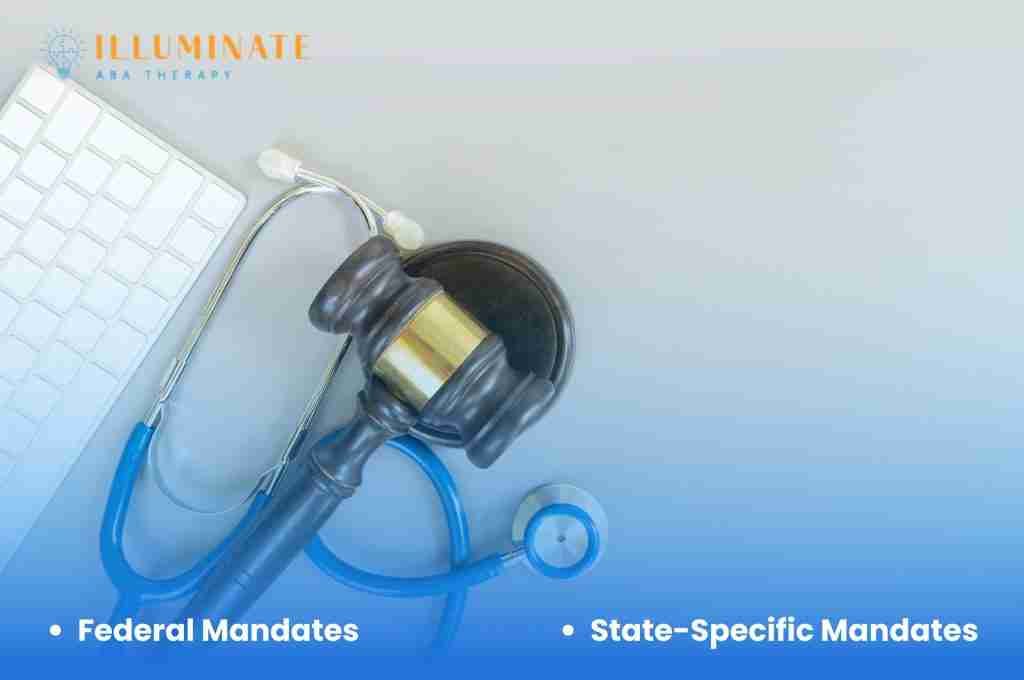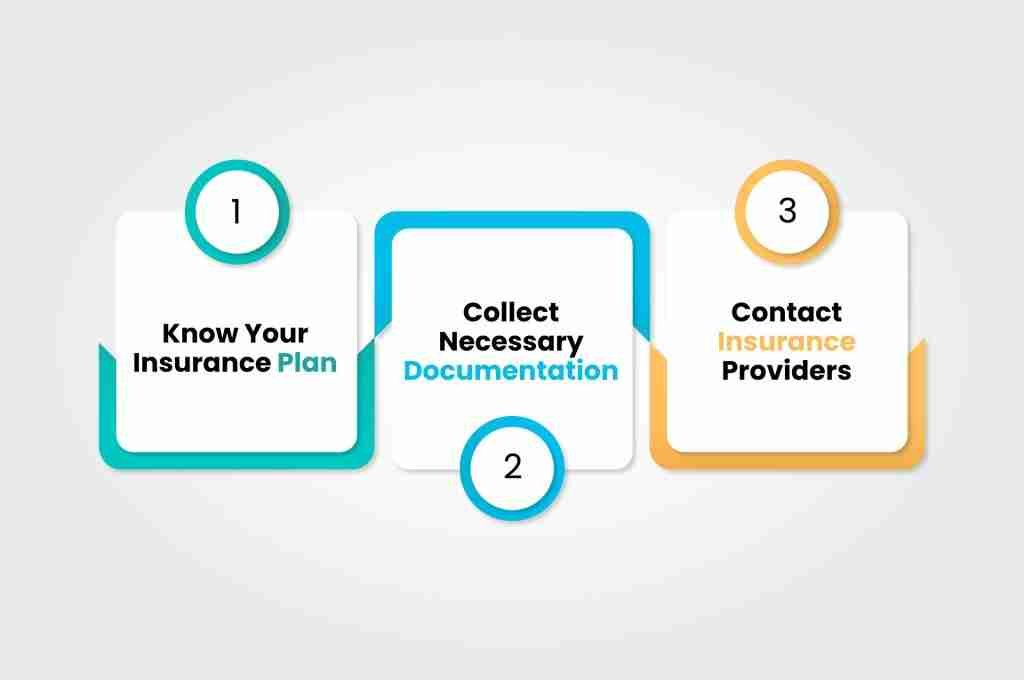Applied Behavior Analysis Insurance Coverage
Autism ScholarshipsJuly 17, 2025

When Lisa Smith’s son, Ethan, was diagnosed with Autism Spectrum Disorder (ASD) at the age of 3, she knew that she had to take Ethan to an ABA therapist for the development of communication and social skills. However, like many parents, Lisa was also not ready for the financial burden that came with it. Despite having insurance, Lisa came to know that the insurance covers only a fraction of the therapy cost, which left her with immense stress.
This scenario is what most parents encounter when they try to seek ABA therapy from their insurance coverage. This is why it is crucial to know what your insurance coverage covers, how to maximize the benefits, and what out-of-pocket expenses you can expect in order to ensure that your autistic child receives the therapy they need.
This article is all about how the symptoms of autism change in different phases of life.
Table of Contents
Understanding Applied Behavior Analysis (ABA)
Applied Behavior Analysis is a gold standard for autism treatment. It is a structured and proven methodology that works on a very simple principle of “reducing the negative behaviors and reinforcing the positive ones.”
Research shows that ABA therapy has an 89% success rate in treating autism in children. This staggering figure proves that seeking ABA therapy can definitely improve the overall quality of life.
Communication skills, self-care skills, language skills, play skills, and social skills are the core focus areas of an ABA therapist. The therapist starts by collecting the data and information and setting the therapy objectives. Depending upon the data, he/she plans for the interventions and works on the areas that need immediate attention. With time, the therapist keeps updating the goals and interventions, depending on the progress.
Insurance Coverage for ABA Therapy

Federal Mandates
As the cost of ABA therapy is prohibitively priced, affording it is not possible for most families. Luckily, the Federal Government took a significant step for children with Autism Spectrum Disorder (ASD). The federal government mandated that Medicaid insurance must cover the ABA therapy cost as well to ensure that autistic individuals would have access to the necessary services for treatment.
Moreover, the federal mandate made it compulsory for all insurance companies in the 50 states of the U.S. to provide coverage for services like ABA to individuals with autism diagnosis. By 2021, this mandate had been adopted by all 50 states and provided coverage for ABA therapy to millions of people.
State-specific mandates
Apart from federal mandates, some states have implemented their own mandates that vary from state to state. These mandates are also implemented to provide support to children with ASD and include annual spending caps, limitations for specific age groups, limits on the number of visits to the ABA therapist, etc.
This table comprises some of the examples of state-specific mandates.
State
Mandate
District of Columbia
The state of Washington, D.C., requires health insurers to cover therapy services for children under 21. However, if the school or early intervention is providing the habilitative services, the insurers don’t have to pay in this case.
Alaska
Alaska requires insurers to cover the costs of diagnosis and treatment of autism in their coverage plans for children under 21 years. Behavioral health treatment (therapies like ABA and speech therapy), psychological care, pharmacy care, and therapeutic care are covered.
Colorado
Colorado requires all health benefit plans to cover the costs of a child’s diagnosis, treatment, and assessment of autism spectrum disorder. This includes habilitative or rehabilitative care, pharmacy care, psychological care, and therapeutic care.
Florida
Steven A. Geller Autism Coverage Act requires health insurance plans to cover the cost of screening, diagnosis, and treatments, including therapies. However, the coverage is only for the treatments provided by doctors, is capped at $36,000 annually, and does not cost more than $200,000 in the whole life.
Georgia
Georgia requires insurers to provide coverage for all the necessary medical care for autism spectrum disorder for children under 20 years. The policy doesn’t limit the number of visits, but the annual cap is $35,000.
Louisiana
Louisiana requires health insurance policies to cover the costs of habilitative and rehabilitative care (including ABA therapy), pharmacy, psychiatric, and therapeutic care for autistic individuals of less than 21 years. However, the annual limit should not exceed the figure of $36,000.
Nevada
Nevada law requires health plans to cover the cost of autism screening, diagnosis, and treatment for individuals under 18 or up to 21 or 22 if they are still in high school.
How can insurance coverage for ABA therapy be available?

Know your insurance plan.
- Must review the insurance policy thoroughly and understand the coverage and limitations specifically for ABA therapy.
- Identify if there are any exclusions, limitations, annual or lifetime caps.
Collect necessary documentation
- Gather all the necessary documents, including the diagnosis report of ASD and the prescribed treatment plan by the specialist.
- When you have all the necessary documents in hand, there are very less chances of delays.
Contact insurance providers
- Reach out to your insurance provider and ask about the specifications of ABA therapy coverage.
- Inquire about the preauthorization process, including what forms and documentation might be needed.
- Clarify all your confusion to ensure that the therapy sessions will be covered.
- Understand the whole process for submitting the claims.
Challenges in Availing of Insurance Coverage
- Each insurance plan has different coverage for autism services, including ABA therapy.
- Some plans impose limited visits or limited types of treatment that affect access to necessary services.
- Plans may have different approval processes and documentation requirements that complicate the coverage for autism treatment.
- At the initial stages, predicting the overall cost of treatment is not possible, which leads to financial uncertainty for the families.
Conclusion
All in all, insurance coverages are a big help as they cover the costs of diagnosis, screening, and treatment. However, the mandates vary from state to state. Having an awareness of the laws that are implemented in your state is the way to maximize insurance coverage.
Learn More: Does Autism Get Worse With Age?


